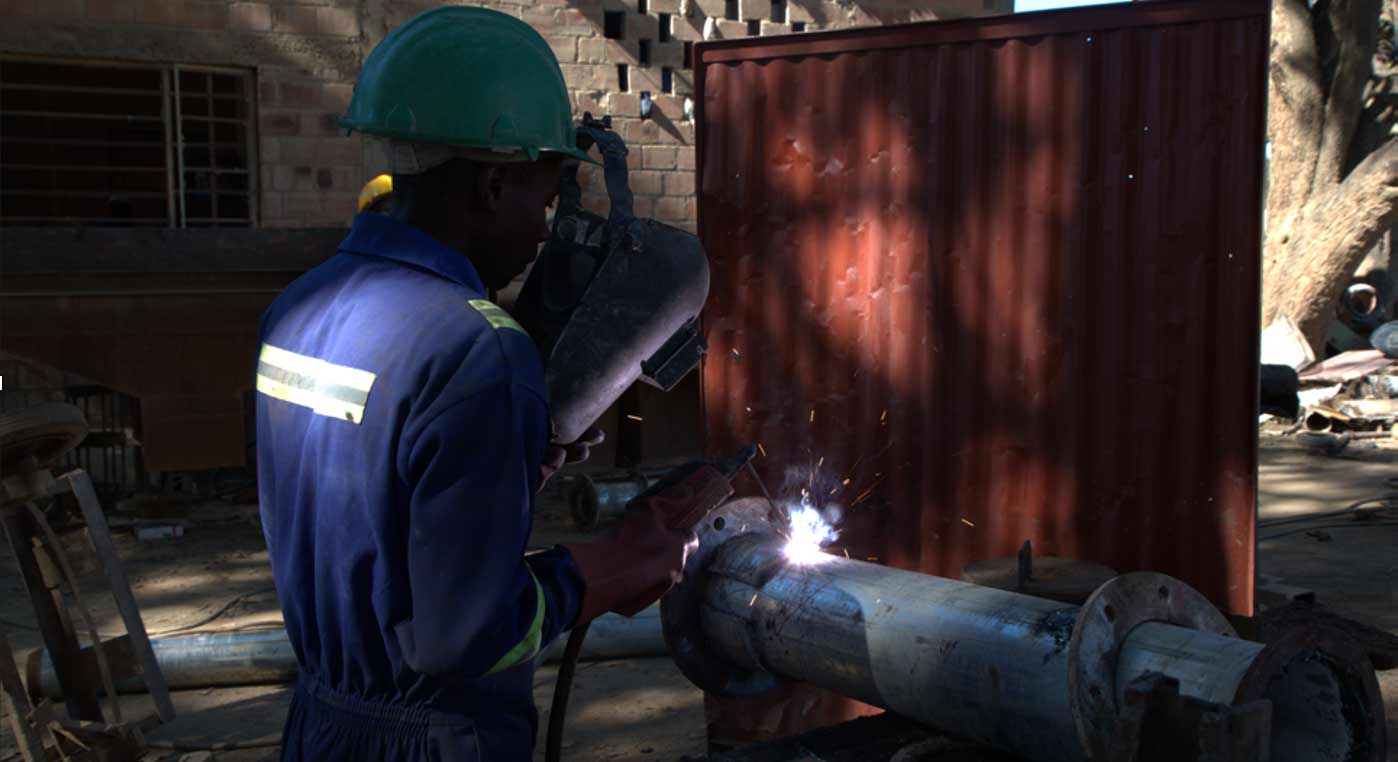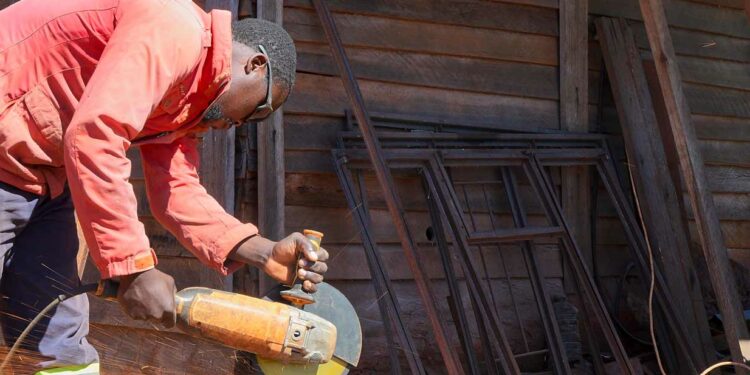In the early hours of March 2019, the mountainous districts of Chimanimani and Chipinge were struck by one of the worst natural disasters in Zimbabwe’s recent history. Cyclone Idai not only swept away roads and homes—it plunged more than 300,000 people into darkness, crippling schools, hospitals, and essential livelihoods.
“The darkness wasn’t just physical—it was emotional. Everything stopped in an instant,” recalls Patricia Chikandi, a clinical nurse in Chimanimani. With no reliable refrigeration, vaccines spoiled, and medical emergencies were handled in the shadows—often with little more than hope.
New AfDB index reveals reform potential in the delivery of basic services in Africa
Power outages were constant. Industries such as Charter Sawmills, which employs over 300 workers, were forced to rely on diesel generators—expensive and environmentally harmful. “It was a daily struggle to keep the machines running,” says Witness Teteni, the plant’s foreman.
In response, an ambitious reconstruction project took shape—not just to rebuild what was lost, but to make it better. Led by the United Nations Office for Project Services (UNOPS) in partnership with the Government of Zimbabwe, the plan prioritized a stronger, more climate-resilient power infrastructure.
A key part of the effort involved rebuilding and reinforcing 155 kilometers of 33kV overhead power lines, along with the construction of a new distribution line in Chipinge to separate the energy supply between the two districts—reducing risk and improving reliability. Wooden poles were replaced with steel ones, built to withstand extreme weather.

The results are evident: clinics are running reliably, school labs have reopened, and farmers have regained control of their irrigation systems. “Before, the pumps would stop every time the power went out, and we lost crops,” explains Tsitsi Mutswairo, a small-scale farmer. “Now, with consistent electricity, our yields are higher, and we’re earning more.”
For Jacob Mukunukuji, a metalworker in the village of Marimauta, the difference has been life-changing. “Before, it was impossible to work without spending on diesel. Now, with reliable three-phase power, I can build agricultural machinery and train young people,” he says. His workshop has become a hub of vocational training and opportunity, empowering the local community.
Behind this transformation, strategic financial support played a crucial role. The African Development Bank invested $24.7 million in the recovery, with $3.7 million focused specifically on power infrastructure under the Post Cyclone Idai Recovery Project (PCIREP). “The solutions we implemented were designed to last—and they are,” says Selina Mudzinganyama, the engineer overseeing the rehabilitation. “Outages that used to take days to fix now take less than an hour.”
The intervention, aligned with Zimbabwe’s National Development Strategy (NDS1), not only brought electricity back to the region but also laid the foundation for long-term resilience. “This project shows how a crisis can become an opportunity when we invest in durable infrastructure and long-term vision,” says Seaga Molepo, Energy Engineer at the African Development Bank.
For students like Farai Ndlovu in Chipinge, the impact is felt every day: “Now we can study at night and use computers. Everything is different.” And for Jeremiah Mutasa, an elder in Chimanimani, the change goes beyond power: “The lights are back—but so is life. Our future is bright again.”









